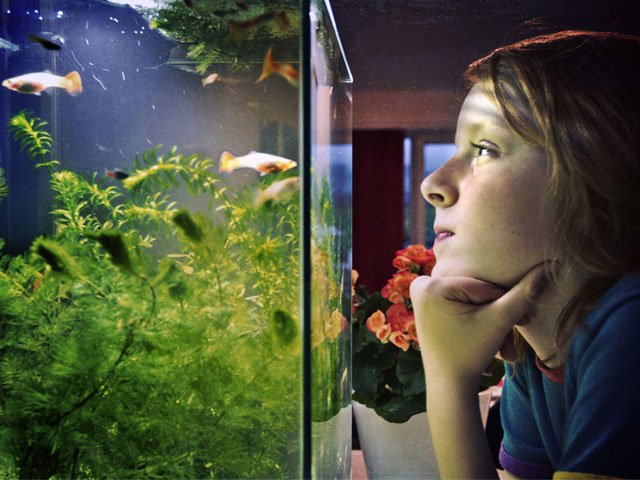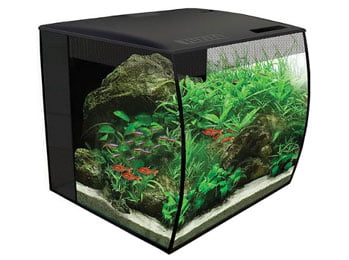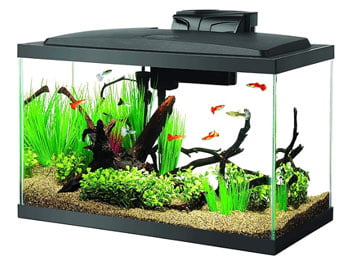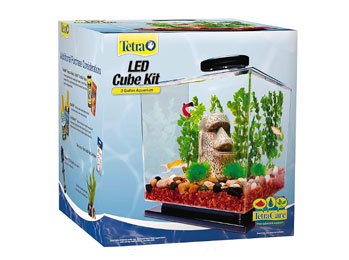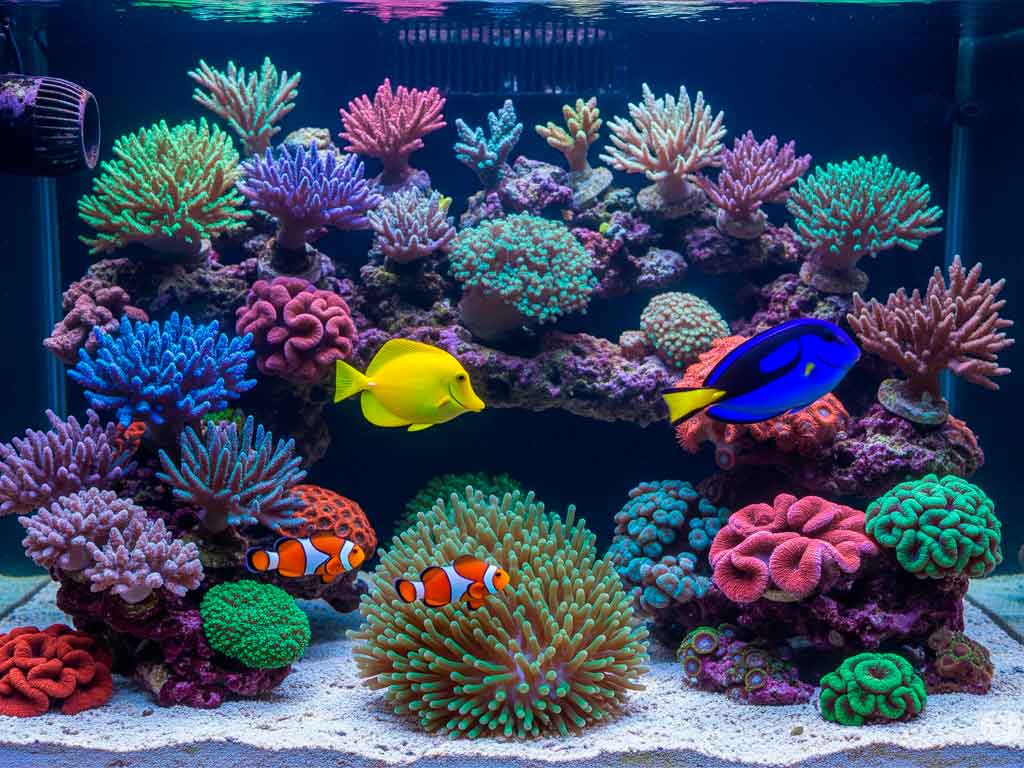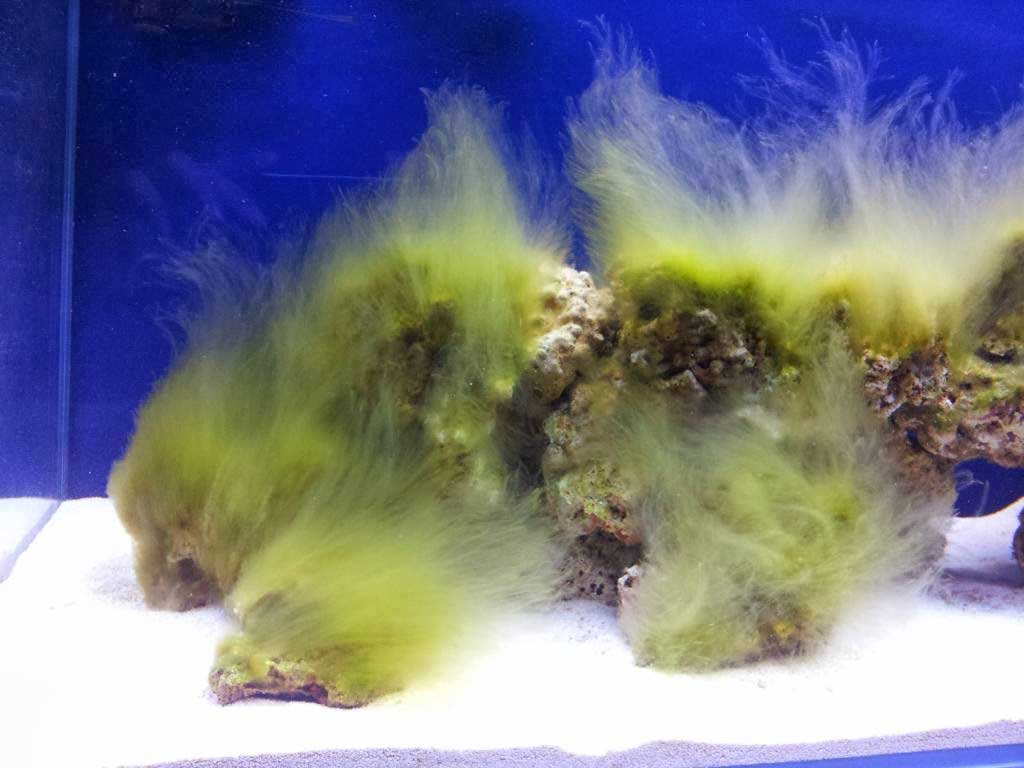Setting up your first aquarium is an exciting and rewarding experience. An aquarium not only beautifies your home but also creates a fascinating miniature ecosystem. To help you on this adventure, here is a comprehensive guide on the key aspects you should consider when choosing and maintaining your first aquarium.
Aquarium Dimensions
The dimensions of your aquarium are crucial for the health of the fish and the aesthetics of the aquatic environment. The surface area of the aquarium plays an important role in the oxygenation of the water. A larger surface area allows better oxygen transfer, which is vital for the well-being of fish and plants. Additionally, an aquarium with good height can be beneficial for species that prefer swimming at different levels of the water column.
- Surface and Oxygenation: A wider aquarium provides a greater surface area, improving oxygenation.
- Height and Aesthetics: Tall aquariums can be attractive and offer a better habitat for certain species of fish and aquatic plants.
Aquarium Weight
The weight of a fully filled aquarium is a critical factor to consider, as water is heavy and can exert significant pressure on the support. As a general rule, a liter of water weighs approximately 1.2 kg. This means that a 26 gallons aquarium can weigh around 120 kg once filled.
- Adequate Supports: Use furniture specifically designed to support the weight of aquariums. Avoid using common furniture like bookshelves or cabinets.
- Floor Capacity: Ensure that the floor where you plan to place the aquarium can support the total weight. Consult a professional if you have doubts about the load-bearing capacity of your floor.
Aquarium Size
The size of the aquarium is often determined by the available space and budget. However, it is always advisable to opt for the largest aquarium you can accommodate and afford. Larger aquariums have several significant advantages.
- Ecosystem Stability: Larger aquariums are more stable and less prone to sudden changes in water quality.
- Species Diversity: A larger aquarium allows you to keep a greater variety of fish and plants.
- Aesthetic Value: Large aquariums can be impressive focal points in your home.
Aquarium Material
Aquariums are primarily made of two materials: glass and acrylic. Each has its advantages and disadvantages.
- Glass: It is more economical and scratch-resistant. However, it is heavier and can be more fragile.
- Acrylic: It is lighter and less prone to breaking. However, it is more expensive and scratches more easily.
Aquarium Location
The location of the aquarium in your home is crucial for its maintenance and the health of its inhabitants. Choosing a suitable place can prevent issues such as excessive algae growth and temperature fluctuations.
- Avoid Direct Light: Place the aquarium away from windows and direct sunlight to prevent algae proliferation.
- Temperature Control: Keep the aquarium away from heat sources or air conditioning that can cause sudden temperature changes.
- Low Traffic Areas: Locate the aquarium in a quiet place, away from high-traffic areas to avoid accidental bumps.
Additional Recommendation
In addition to the main aspects mentioned, there are other factors and practices that can help ensure the success of your aquarium.
- Use of Towels: Place towels around the aquarium during maintenance to avoid splashes and keep the area dry.
- Filter Cleaning: Wash the filter media with aquarium water during partial water changes to preserve beneficial bacteria.
- Avoid Completely Emptying the Water: Never completely empty the aquarium, as this can eliminate the beneficial bacteria essential for a healthy environment.
Setting up your first aquarium is an exciting adventure that requires careful planning and consideration. By taking into account the dimensions, weight, size, material, and location of your aquarium, you can create a beautiful and healthy environment for your fish and plants. By following these tips, you will be on the right path to enjoying a thriving and lively aquarium.

